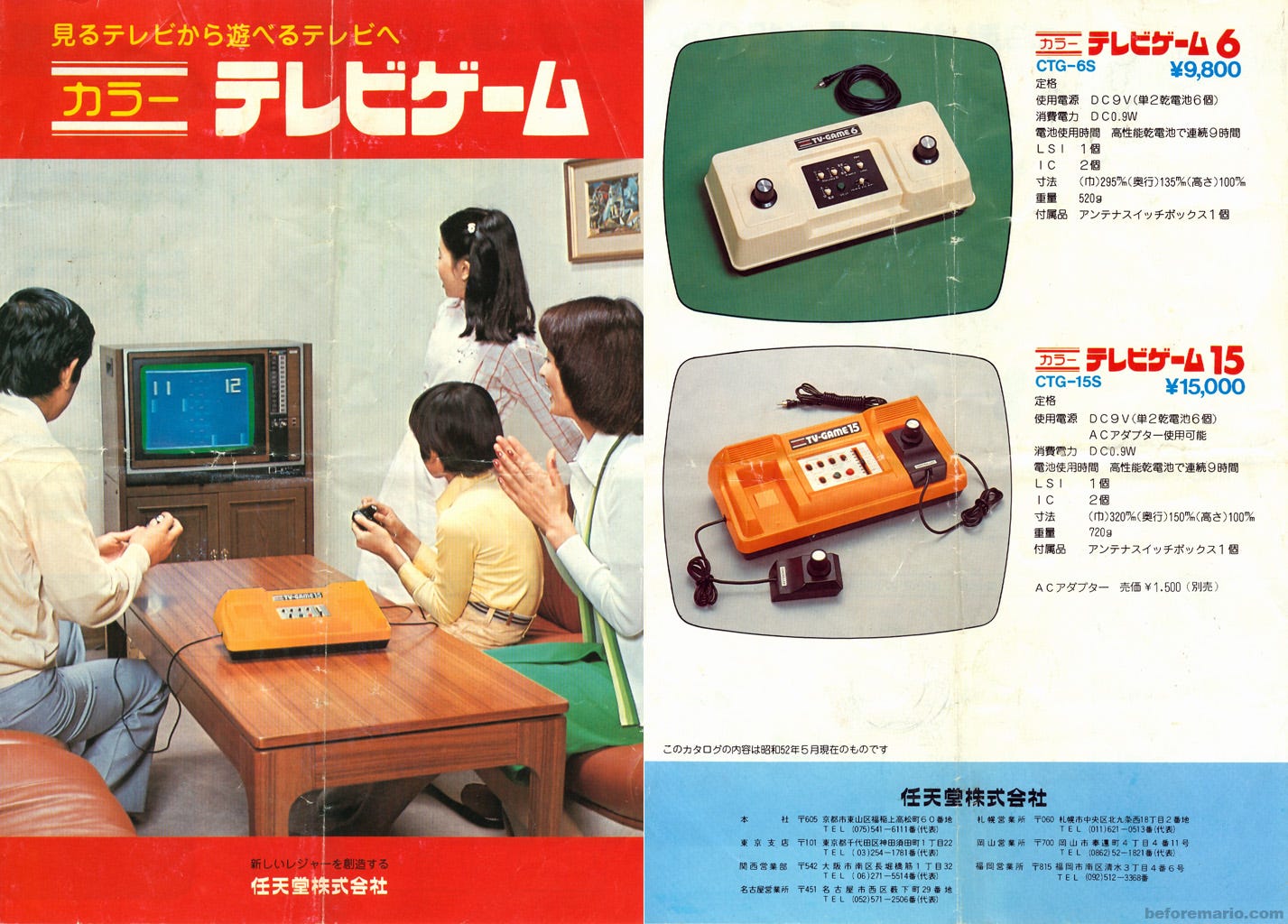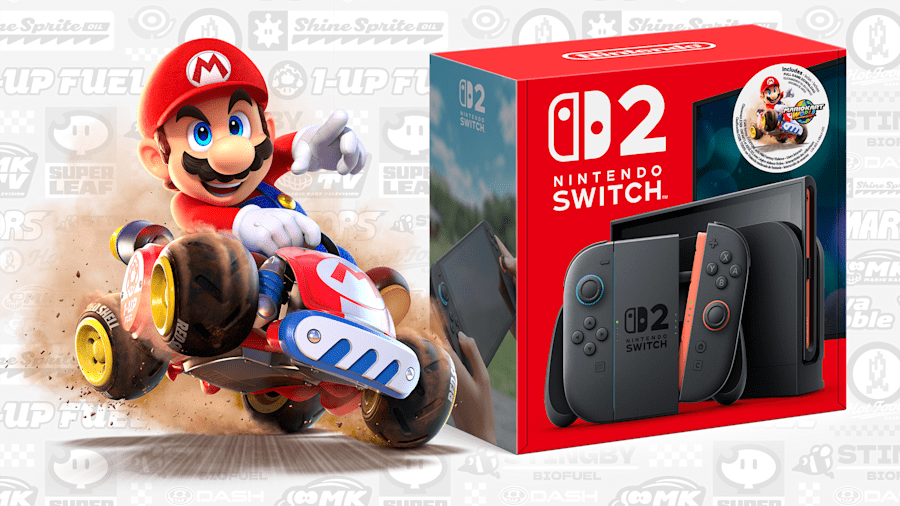Nintendo and the Last Hardware Exclusives
A few thoughts inspired by the launch of the Switch 2
With the Switch 2 launching this week, I’ve been thinking a lot about the unique place Nintendo has in the games industry.
The Japanese games corp is one of just a few surviving companies that have played a steady role in the video game business since it began 50 years ago. And ever since the release of the NES, Nintendo has been running basically the same playbook. That is: Nintendo produces video game consoles, and those consoles are the only place you can play games made by Nintendo.
In a world where everything is an Xbox and even PlayStation exclusives like The Last of Us and Ratchet & Clank are showing up on Steam, Nintendo is now just about the only company that can afford to sell its games exclusively on its own hardware.
A half-century of hardware exclusives
It’s commonly assumed that Nintendo’s first games were its early arcade titles like Donkey Kong. But long before that, the company produced a series of now mostly forgotten proto video games, the first of which was a sort of projector-based precursor to Duck Hunt called the Laser Clay Shooting System (1973). Another projector-based game, Wild Gunman, followed in 1974, and in 1975 the company officially got into the video game console business when it acquired the Japanese distribution rights for the Magnavox Odyssey.1
Just two years later, Nintendo worked with Mitsubishi Electronics to produce its first home gaming console: the imaginatively branded “Color TV-Game.”

After releasing the Game & Watch handheld in 1979, Nintendo toyed around in the arcade market for a few years with Sheriff (1979), Radar Scope (1980), and Donkey Kong (1981). In each of these cases, the physical devices used to run these games and the games themselves were necessarily intertwined.
It wasn’t until 1983—a decade after its first proto video game releases—that Nintendo released a game-playing machine that separated hardware and software. That machine was, of course, the Family Computer, aka the Famicom, aka the NES or Nintendo Entertainment System, as it would be rebranded when it came to the U.S. and Europe a couple of years later.
In the 42 years since, Nintendo has stuck to essentially the same strategy it established with the NES. Every 5–7 years, the company puts out a new console—and to play the newest Nintendo games, you’ve gotta buy the latest device.2
For gamers, this business model has come to feel totally natural, because for decades it was simply how every game console worked. To play Sega’s Sonic the Hedgehog, you needed a Sega Genesis. To gun down grunts in Microsoft’s Halo, you needed a Microsoft Xbox. Each platform welcomed third-party publishers as well, but it was taken for granted that in order to sell hardware, platform makers needed first-party hardware exclusives.
It was simply the way of the world—though doesn’t it strike you as strange that games are the only entertainment medium that traditionally worked this way?
I’m not talking about exclusive content, which of course remains a common practice. At this point, most original TV shows and movies are locked up behind a subscription for one of a never-ending list of streaming services. But it doesn’t matter which hardware you use to access these services. Netflix is accessible on pretty much any device with a functioning screen. You can use a Windows laptop with a Chromecast dongle to stream Apple TV+ shows on your Sony TV.
There have been brief flirtations with hardware exclusivity for content other than games. The home releases of Peter Jackson’s King Kong and Alfonso Cuarón’s Children of Men were exclusive to HD-DVD during the brief war between its backers (a collaboration between Universal, Paramount/Dreamworks, and Toshiba) and supporters of the Blu-ray format. These are the rare and, in retrospect, sort of hilarious exceptions.
But in games, the practice has held for decades. That is, until recently. Longtime Xbox exclusive Gears of War is coming to PlayStation, and longtime PlayStation exclusive Uncharted is playable on Steam Deck. Everywhere you look, the walls are falling. There are growing pressures forcing even the biggest games industry players to adopt hardware-agnostic content strategies. It seems inevitable that eventually games will be more like other forms of entertainment like music, TV, and movies—available on all hardware, though maybe gated behind an app.
There is really only one company left in the world that’s seriously committed to selling games exclusively on its own hardware. And as soon as Target restocks the Switch 2, I’m gonna pay that company $499.99 just to play the new Mario Kart.
So it goes—at least for now.
That’s it for this week.
I’m gonna go watch King Kong on this bad boy.
Source: Business Insider
The gap between the release of the Switch and Switch 2 was 8 years—the longest in the company’s history.





As I say with every Nintendo console release, “time to buy the new Mario Kart machine”.
As I was using my Switch 2 with mouse mode to navigate the menu I did keep asking myself, "why not a PC storefront".
I'm an avid console enjoyer because I like compartmentalizing my media, but I see the idea of just being on PC more clearly everyday lol